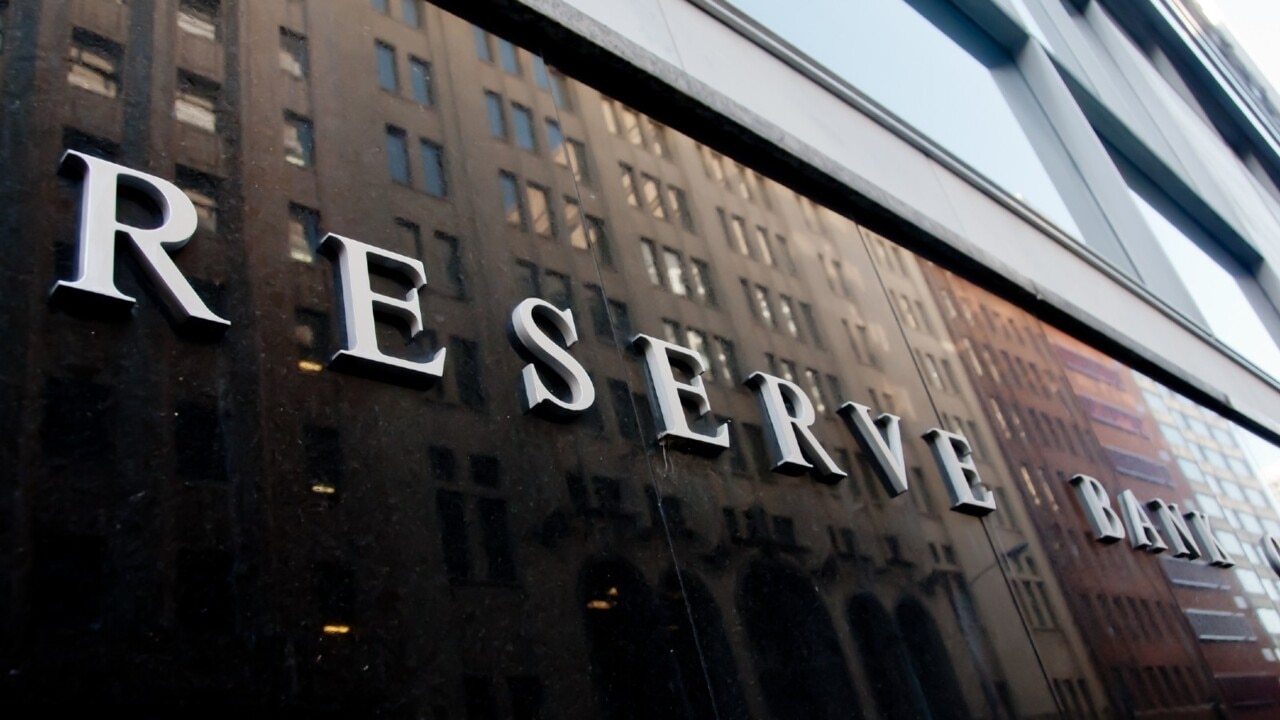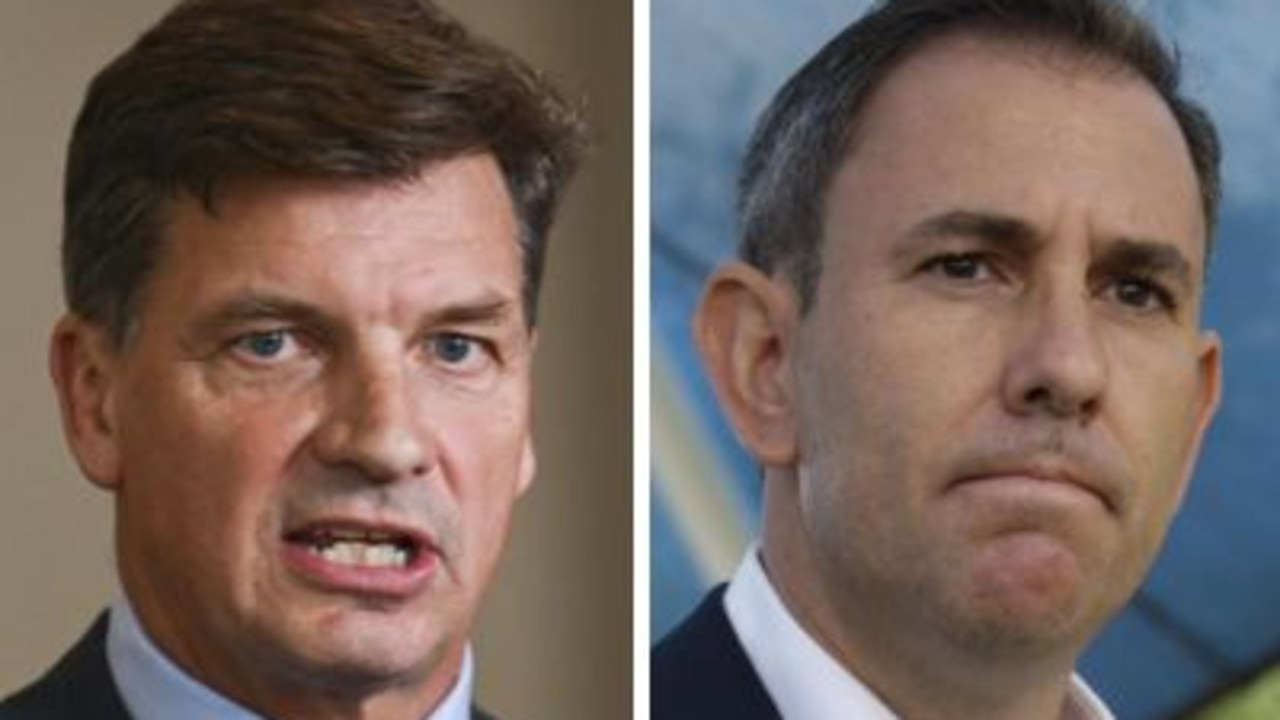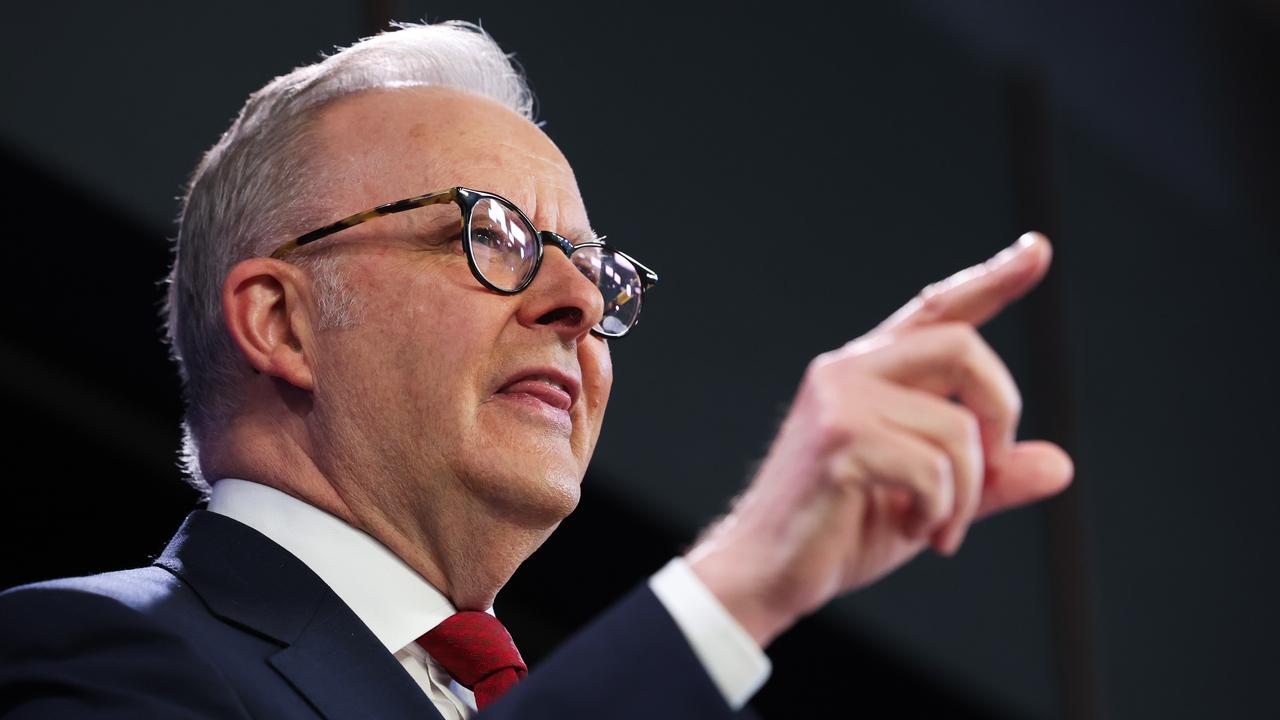Workers $600 worse off as inflation soars
Wages for the average Australian worker will go backwards by a painful amount in the first half of this year alone as inflation soars.

Wages for the average Australian worker will go backwards by another $600 in the first half of this year alone as a modest rise in forecast wages is far outpaced by soaring inflation, unions say.
The Australian Council of Trade Unions has lashed out at the federal government after wage projections contained in next week’s budget were leaked to the media, saying even if the more “optimistic” forecast holds true the picture is still grim.
In his mid-year update in December, Treasurer Josh Frydenberg forecast wages growth of 2.75 per cent in 2022-23 and inflation of 2.5 per cent, which would have delivered Australians their first real increase in wages in 18 months.
The Sydney Morning Herald reports next week’s budget will upgrade wages growth to at least 3 per cent – the fastest since early 2013 – but the Reserve Bank is tipping inflation will “probably” reach 4.5 per cent by the middle of this year as oil prices soar, and some economists are forecasting it will go as high as 5 per cent.
That means real wages could fall by up to 2.5 per cent, which the newspaper notes would be the worst hit since the introduction of the GST in mid-2000 when inflation rose to 6.1 per cent and wages grew by less than 4 per cent.
Stream live analysis of what the federal budget means for you on Flash. 25+ news channels in 1 place. New to Flash? Try 1 month free. Offer ends 31 October, 2022 >

“Working people are looking at another year of real wage cuts under the Morrison government which has gone missing in action when it comes to wage growth for working people,” ACTU secretary Sally McManus said in a statement on Thursday.
“You can’t fix cost of living without lifting wages. The Prime Minister could take steps tomorrow to generate real wage growth by agreeing to real pay rises for his own employees, or supporting a significant increase in the minimum wage. Working people are feeling it big time at the moment. Their wages are going nowhere while the costs of essentials – groceries, rent and petrol – are skyrocketing.”
The union group noted the $600 hit would be on top of an $800 pay cut in real terms last year for workers on the average salary of $68,000.
“If these optimistic wage growth estimates hold true, the average worker will go backwards by $600 in the first half of this year,” the ACTU said, while pointing out that “52 out of 55 growth estimates issued by this government have over-estimated wage growth”.
“Wage growth has been at record or near-record lows for almost a decade under this government. Wages going backwards have laid the groundwork for the current cost-of-living crisis.”
Soaring global oil prices have led to warnings of an “inflation tsunami” affecting nearly everything consumers need to purchase, as retailers face increased costs across the supply chain.
“Based on a global comparison it’s not so bad but it will certainly be much higher inflation than Australia has seen in a few decades – and people will feel that,” EY Oceania senior economist Johnathan McMenamin said last week.

It comes as new pre-budget analysis released on Thursday by Macroeconomics Advisory warned that Mr Frydenberg’s massive debt bill was leaving Australia “extremely vulnerable” to further economic shocks.
Stephen Anthony, Macroeconomics chief economist and former Treasury official, argued that Australia had squandered massive commodities windfalls in recent years and had locked in structural budget deficits averaging 3 per cent of GDP over the next decade.
“Unfortunately, instead of banking terms of trade windfalls since late 2020, (Mr Frydenberg) has continued to spend the proceeds of economy recovery,” the report said.
“This is after having showered stimulus on many Australian businesses that actually benefited from the downturn. Now the Commonwealth budget position is extremely vulnerable to further fiscal slippage, especially given the exaggerated sense of capacity to pump-prime to maintain Goldilocks conditions. Meanwhile Australian governments continue to defer hard decisions about economic reforms which might actually raise trend growth rates over time.”
Macroeconomics predicts that Australia’s debt bill will explode as slowing growth combined with rising global interest rates produce a double-whammy of lower tax receipts and higher borrowing costs.
By 2032-33, Australia could be running a deficit of $123.7 billion with net debt of $1.7 trillion, according to the forecast.
Mr Anthony said Australia was “now facing simultaneous risks in the international economic and security environment, and fundamental fissures in the federal budget”.
“This is certainly not the time to embrace a ‘free money’ big debt policy which is the Roach Motel that will leave the Australian economy less scope to manage the major challenges ahead,” he wrote.






